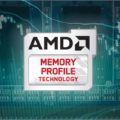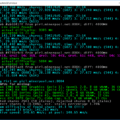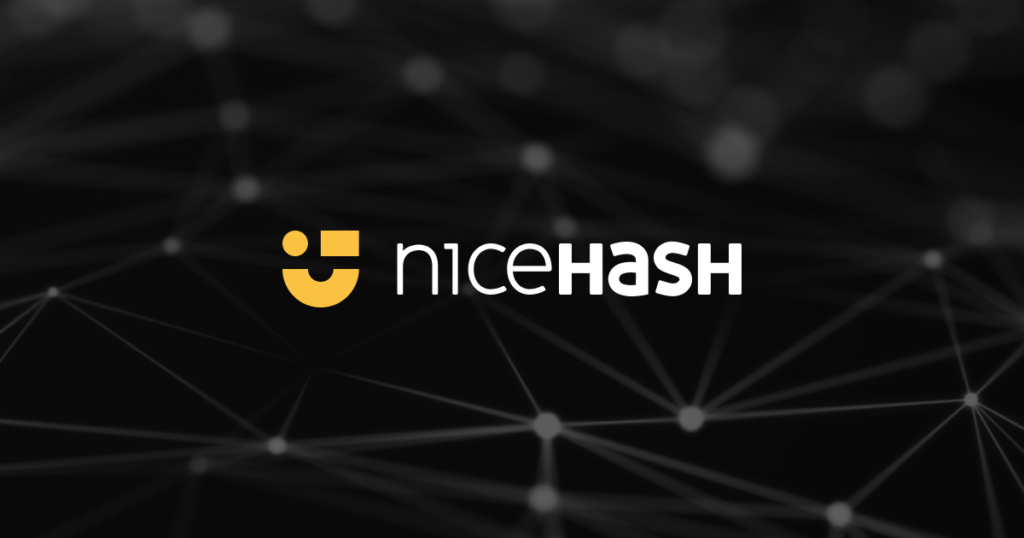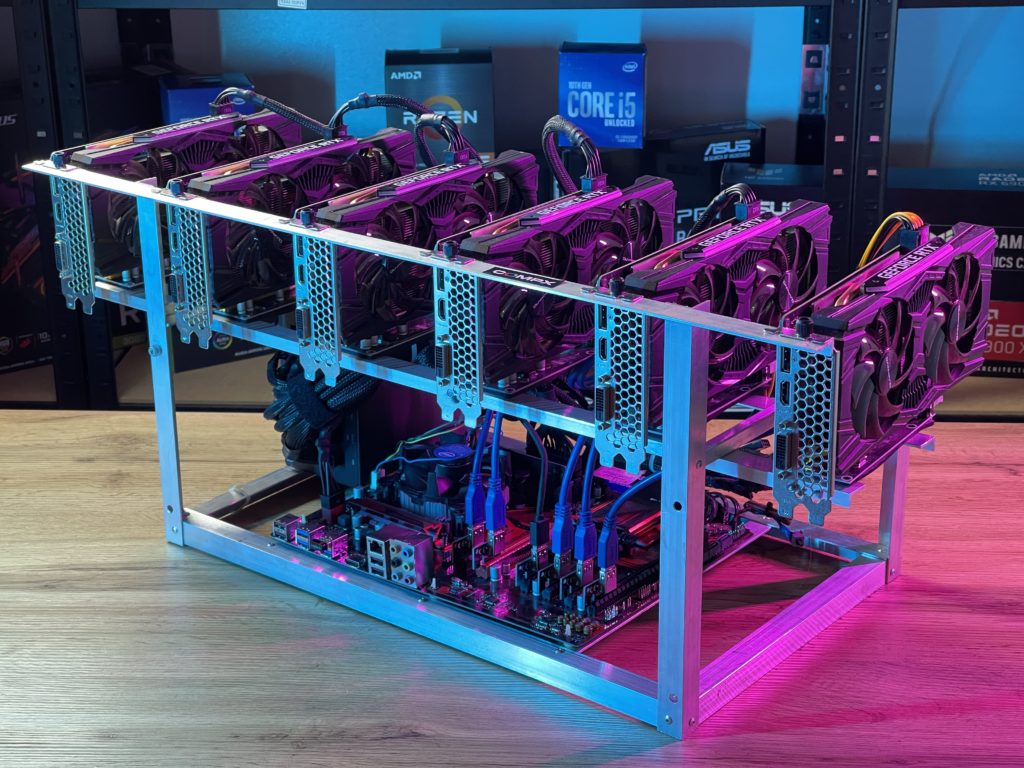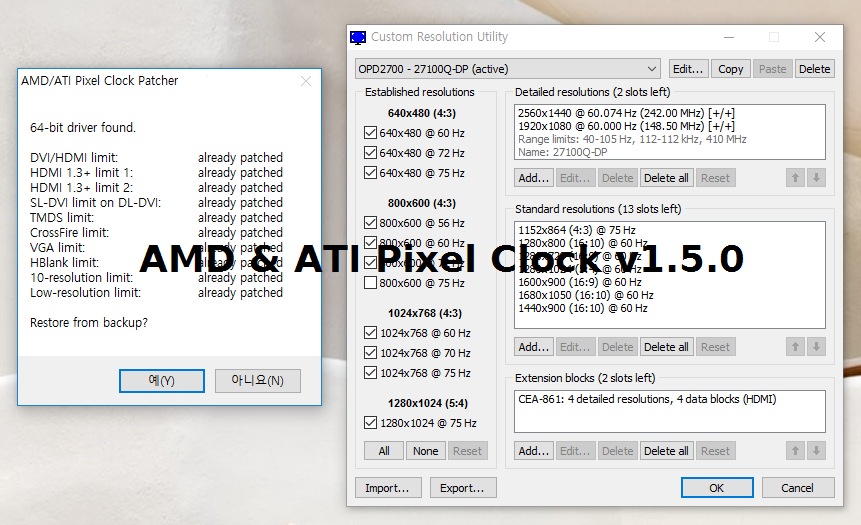
AMD/ATI Pixel Clock Patcher modifies the AMD/ATI video driver to allow higher resolutions and refresh rates by removing the 165 MHz pixel clock limit for single-link DVI and HDMI, the 330 MHz limit for dual-link DVI, and the 400 MHz limit for VGA. ToastyX’s AMD / ATI Pixel Clock Atikmdag Patcher has long been used to modify AMD / ATI video drivers to provide higher performance by removing the 165 MHz clock limit for single-channel DVI and HDMI, the 330 MHz limit for dual-channel DVI, and the 400 MHz limit for VGA Which is useful for everyone who is mining with ATI / AMD GPUs. this tool also has the ability to fix video drivers and remove BIOS signature verification. The new version of AMD & ATI Pixel Clock 1.5.0 now has a function for automatic driver installation (Radeon Software Crimson ReLive Edition Beta for Blockchain Compute driver pack), as well as a number of useful innovations
Requirements:
- Windows Vista or later
- 5000-series GPU or newer
- CrossFire requirements:
- R9 285/290/290X/295X2 and newer cards can handle higher pixel clocks without CrossFire bridges.
- Older cards require two CrossFire bridges if the pixel clock is greater than 300 MHz. This is only possible with cards that have two connectors. It will not work properly with more than two cards. Dual-GPU cards such as the 7990 will not work properly at higher pixel clocks.
Compatibility:
- Version 1.4.7 is compatible with Catalyst 11.9 to Adrenalin 20.2.2. It can be used with future versions if it finds the limits you need.
Getting started:
- Run atikmdag-patcher.exe. (If you only need the BIOS signature patch, rename it to atikmdag-patcher-bios.exe first.)
- If all limits are found, click “Yes” to patch and sign. If a limit is not found or if multiple matches are found, the patcher needs to be updated.
- Reboot.
You can then add higher refresh rates using (CRU).
To restore the unpatched driver, run the patcher again and click “Yes” to restore from backup.
Unpatching is not required before upgrading drivers. Simply run the patcher again after installing the new driver.
Known issues:
- Legacy drivers may have issues with HDCP and video acceleration with the patch.
- Workarounds for video playback issues with legacy drivers:
- Disable hardware acceleration in the Flash Player settings (right-click on any Flash video and click “Settings…”).
- Use the to disable DXVA hardware acceleration under “Various Tweaks” (in the “Miscellaneous” section).
- Older cards require the “LCD standard” vertical blanking/total to reduce the memory clock when idle. Horizontal values can still be reduced if necessary. Newer cards can handle some lower values depending on the resolution and refresh rate.
- Older cards have a design limitation unrelated to the patch that causes video acceleration to scramble the screen if the vertical blanking/total is below standard with the video card’s memory overclocked or with multiple monitors connected. Skype is known to trigger this problem. Either don’t overclock the video card’s memory, or use the “LCD standard” vertical blanking/total in CRU.
Releases Notes The Atikmdag Patcher (AMD & ATI Pixel Clock):
- 1.5.0: New fast installation of AMD Radeon Software Crimson ReLive Edition Beta for Blockchain Compute driver pack was found for the Radeon settings
- 1.4.7: New SL-DVI / HDMI limit found.
- 1.4.6: New HDMI-DVI limit found.
- 1.4.5: Updated for 17.4.1. New DP-DVI / HDMI limit found.
- 1.4.4: BIOS signature verification found.
- 1.4.3: The fixed limit of HBlank for 16.12.1.
- 1.4.2: Found 56 horizontal blanking limits (HBlank).
- 1.4.1: Fixed a bug due to which the driver did not load correctly in earlier versions of Windows 10.
- 1.4.0: Updated for 16.9.1. Changed the way the driver is located and fixed. Replaced the limitation of 640 × 480 with the restriction of low resolution. Fixed VGA limit for 32-bit.
- 1.3.6: Found a limit of 10 permissions for Radeon settings.
- 1.3.5: Updated for 15.11 Crimson. A limit of 640 × 480 was found for the Radeon settings.
- 1.3.4: We tried to improve the DVI / HDMI limit for new drivers. Removed blue screen workaround for 14,6 / 14,7.
- 1.3.3: Updated for 15.3. Fixed limit DVI / HDMI for 32-bit.
- 1.3.2: Updated for 15.2. Fixed limit DVI / HDMI for 64-bit.
- 1.3.1: Find the HDMI 1.3+ limit at 297 MHz. Perform 3 times to correctly upgrade an existing installation.
- 1.3: removed the blue screen workaround for 14.9. Return to self-signing if the signature failed.
- 1.2.7. Trying to get around some antivirus false positives. Reprint is not needed.
- 1.2.6: fixed AMD APP encoding for 14.6.
- 1.2.5: Updated for 14.6. Fixed limitations of TMDS and VGA. Implemented a workaround for the blue SYSTEM_SERVICE_EXCEPTION screens.
- 1.2.4: Updated for 14.4. Fixed SL limit on DL-DVI.
- 1.2.3: Updated for 13.30 and subsequent releases of 14.x.
- 1.2.2: Found a new HDMI limit for 12,9+.
- 1.2.1: Found a VGA limit of 400 MHz.
- 1.2: Test mode is no longer required.


